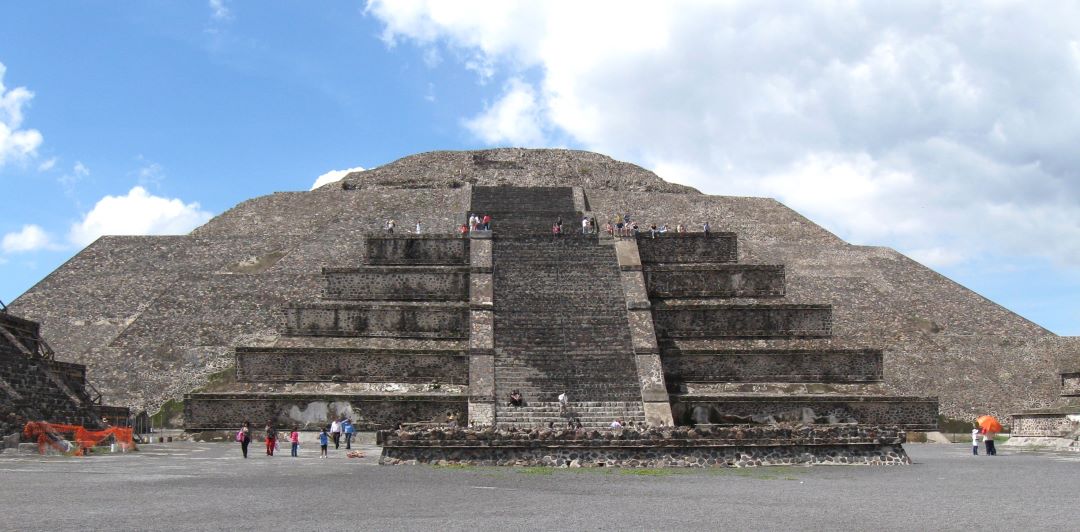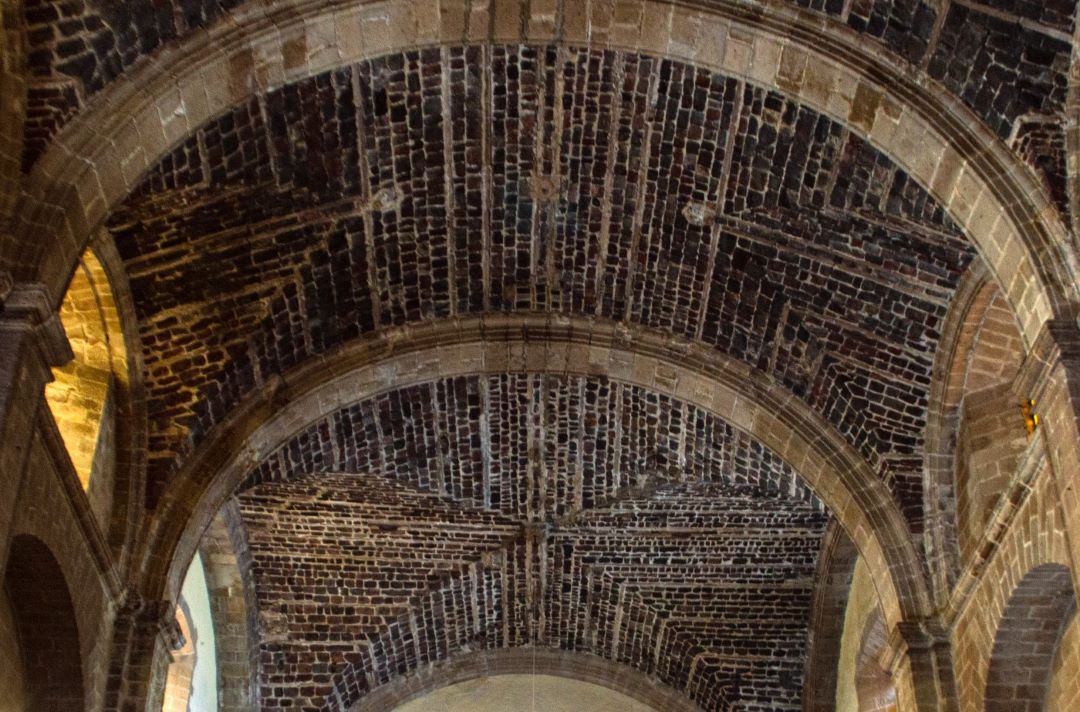
Close-up of a façade showing the chromatic diversity of tezontle. (photograph by J. Miros Gómez)
Local native name
Year designation
Lithology
Aesthetics
Geological settings
Pliocene-Holocene; cinder cones of the Apan-Tecocomulco and Chichinautzin monogenetic volcanic fields at the eastern part of the Trans-Mexican Volcanic Belt
Location
Endorheic basin of Anáhuac and former Lake Texcoco, in the Trans-Mexican Volcanic Belt
Close-up of a façade showing the chromatic diversity of tezontle. (photograph by J. Miros Gómez)
A stone of rare beauty, unique technical properties and mysticism
«Tezontle» —from the Nahuatl word ‘tetzontli’, composed of ‘tetl’ (stone) and ‘tzontli’ (hair)— is the name given in Mexico to basaltic to basaltic-andesitic volcanic scoria. A highly praised property of tezontle for architectural uses is ‘lightness’ (low density), of which there are numerous references in chronicles and technical documents of the XVI and XVII centuries. Due to its unique constructive properties, which made it suitable for building on the unfavorable lacustrine ground (i.e. soft, water-saturated soils), tezontle was considered a gift of providence. Used in construction for at least 20 centuries, tezontle can be considered the most representative building stone of Mexico. Its earliest use dates back to 1st-7th centuries, a long period during which was built the holy city of Teotihuacan, inscribed in the World Heritage List (WHL) since 1987. Centuries after the fall of Teotihuacan (14th century), tezontle was used massively for the construction of temples in the island-city of Tenochtitlan. After the conquest of Mexico, tezontle continued to be used in the colonial, Baroque-style buildings, especially during 17th and 18th centuries. Many of these buildings are within the area of Mexico City inscribed on the WHL.
- Author(s)
Elizabeth Lozada Amador, Universidad Autónoma del Estado de Hidalgo, Carles Canet, Universidad Nacional Autónoma de México


